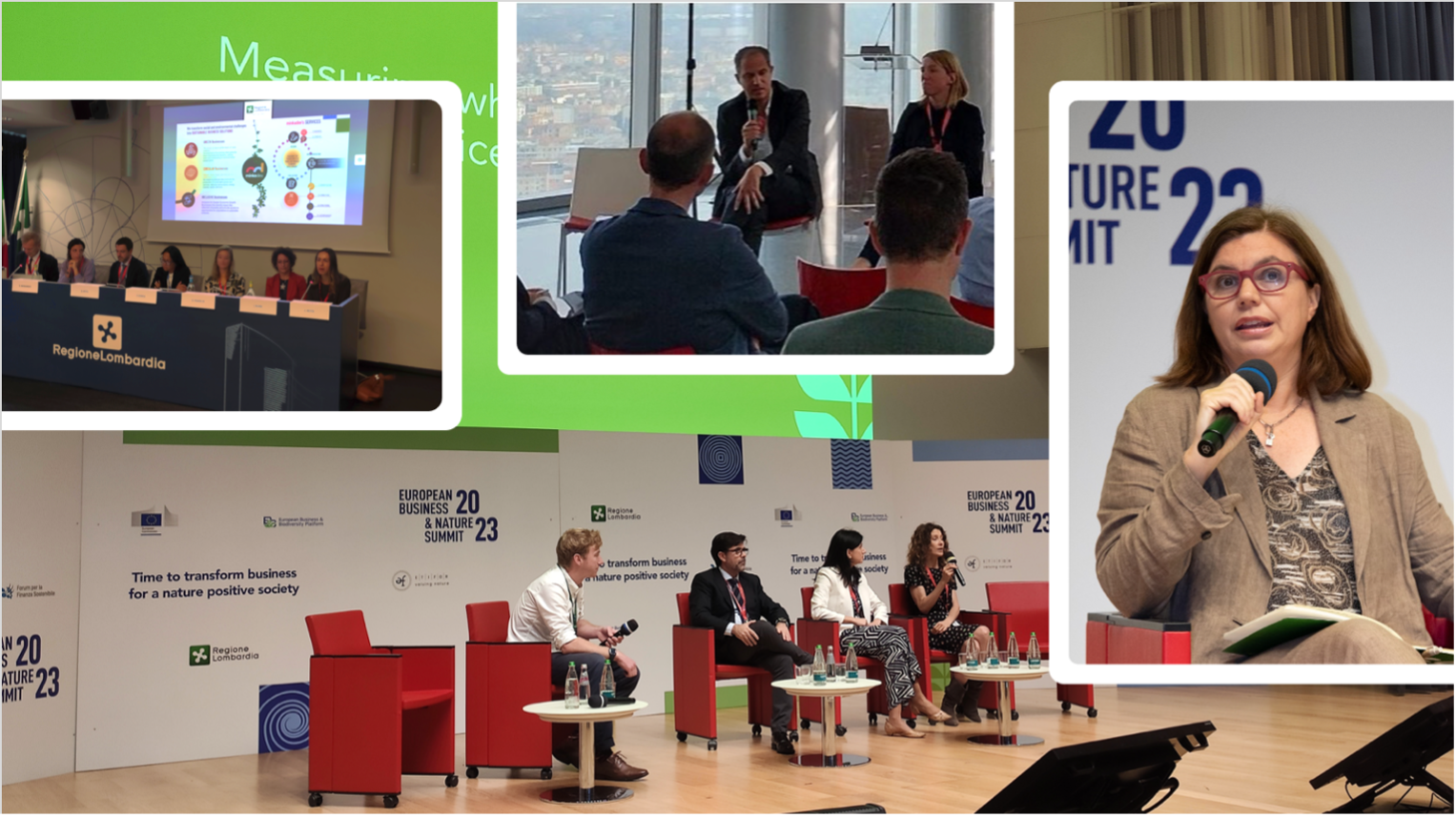The private sector, a key player in the State Strategic Plan for Natural Heritage and Biodiversity 2030

On 30 December 2022, the State Strategic Plan for Natural Heritage and Biodiversity to 2030 (PEEPNB) was approved, a tool that will be key when it comes to defining objectives and actions to stop the deterioration of our ecosystems in the next decade.
This plan sets the path to achieving the goal of “Living in harmony with nature” by 2050, overtaking Spain in complying with the international commitments acquired, both in the Kunming-Montreal Agreement adopted at COP15 of the Convention on Biological Diversity and in the EU Biodiversity Strategy 2030.
In this sense, the PEEPNB alludes to specific goals between now and 2030 such as that at least 30% of species and habitats that do not currently have a favourable status reach that status, or show a decidedly positive trend;
to achieve protection of 30% of the marine surface; and the restoration of 15% of degraded ecosystems.
The PEEPNB points out the importance of the private sector to achieve the objectives set, including concrete measures to promote the integration of biodiversity in economic sectors. Its development will entail investments in direct support for the digitalisation and knowledge of natural heritage and the conservation of biodiversity, with an initial estimated budget for 2025 of €4 million and just over €4,000 million for 2030.
Some considerations to take into account, due to their direct reference to the private sector, are summarized below:
In order to expand, manage and disseminate knowledge, line 3.1 “Knowledge on natural heritage and biodiversity” states that accessibility to information on biodiversity will be promoted, so that the private sector, among others, has reference information that could be useful in decision-making processes such as the valuation of the net gain or loss of biodiversity. Specifically, it is pointed out that, from 2022, a national system for the generation, monitoring and governance of knowledge on natural heritage and biodiversity in Spain will be implemented.
It should also be noted that progress will be made in the economic valuation of ecosystem services through the development and inclusion of a system of national accounting for natural capital.
- To ensure adequate financing of the actions, line 3.6 “Financing of natural heritage and biodiversity” incorporates that mechanisms will be developed to facilitate and channel financing from the private sector , such as the development of collaboration initiatives with the third sector or the analysis, before 2024, of possible modalities that promote payment for environmental services.
In addition, due to their possible relationship in terms of risks and opportunities for the private sector, it should be noted that by 2025, 50% of subsidies and incentives harmful to natural heritage and biodiversity will be reformed, redirected or eliminated so that, by 2030, all of them are neutral or positive; and that before 2024, at least 1% of the budget for public works would be allocated to finance actions that contribute to the conservation of natural heritage and biodiversity.
- To promote the integration of biodiversity into the activity and decision-making of companies, the plan, in its line 3.7 “Natural heritage and biodiversity, and companies and the public sector” includes some measures (also aimed at SMEs such as:
- The promotion of public-private dialogue, through platforms such as the Spanish Business and Biodiversity Initiative (IEEB) of the Biodiversity Foundation (MITECO), encouraging the dissemination and recognition of good practices, due diligence processes in value chains, the dissemination of financial and non-financial information or the adoption of nature-based solutions as a source of opportunities.
- Support for the creation of quality brands for sustainable products and services or the recognition of the sustainability of nature tourism in the Natura 2000 Network.
- The development of guidelines that allow companies to ensure that their investments or financing are neutral or positive in biodiversity.
- Support for initiatives to promote employment and green entrepreneurship.
The integration of biodiversity in the management of State Trading Companies and Public Business Entities and in public procurement and procurement plans will undoubtedly be a driving force throughout their supply chain and business opportunities for, for example, agricultural products or eco-labelling, with forest certification or deforestation-free. among others.
The IEEB, recognised as a reference platform for public-private dialogue in the plan itself, will play an important role in promoting the participation of the private sector in the roadmap set. In its new stage, it will have a Community of Practice equipped with a battery of activities that will help Spanish companies , including SMEs, to incorporate biodiversity into their management, detect opportunities and comply with the requirements of this new regulatory framework.
Links of interest
- Royal Decree 1057/2022, approving the State Strategic Plan for Natural Heritage and Biodiversity to 2030 (PEEPNB) https://www.boe.es/buscar/act.php?id=BOE-A-2022-23751




